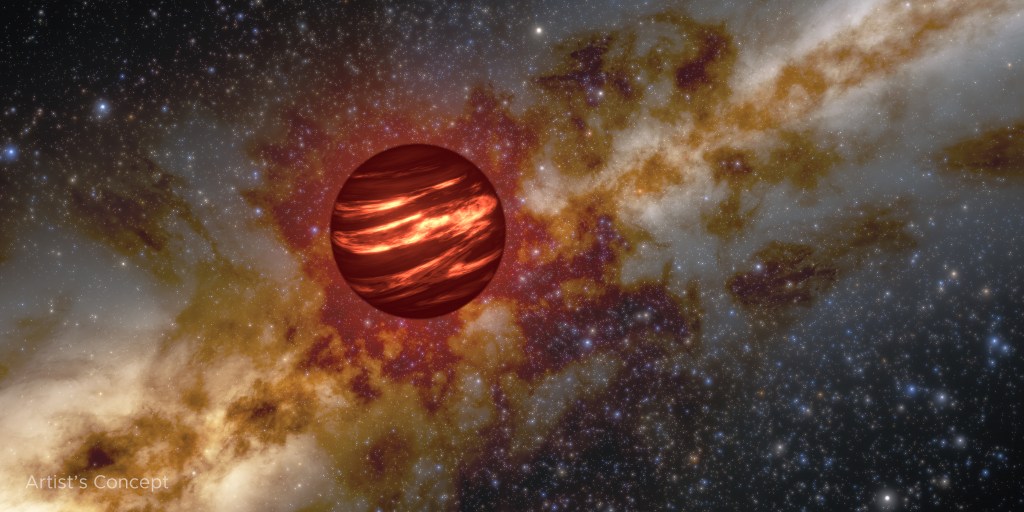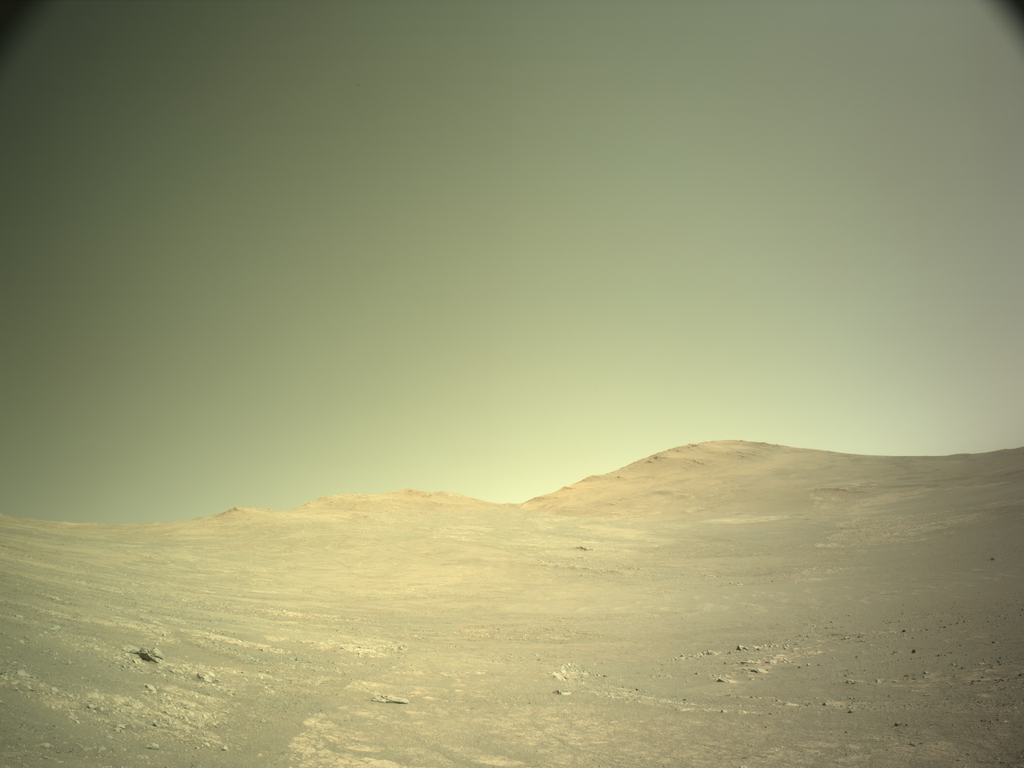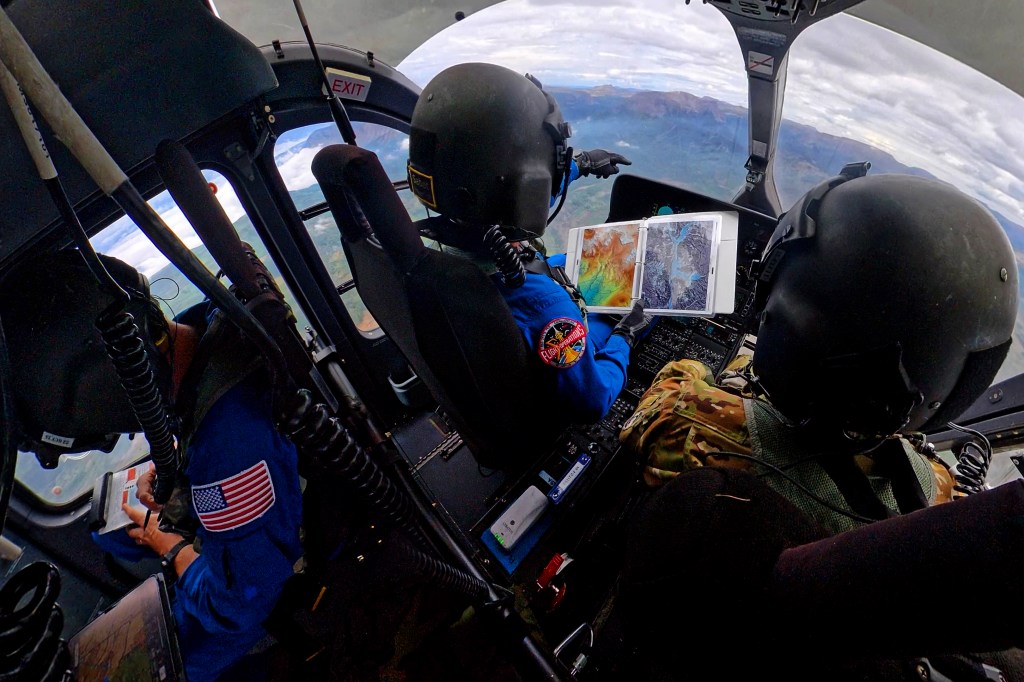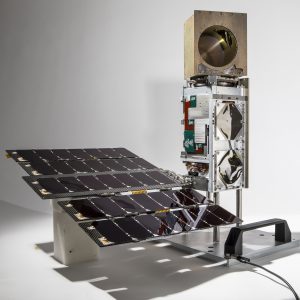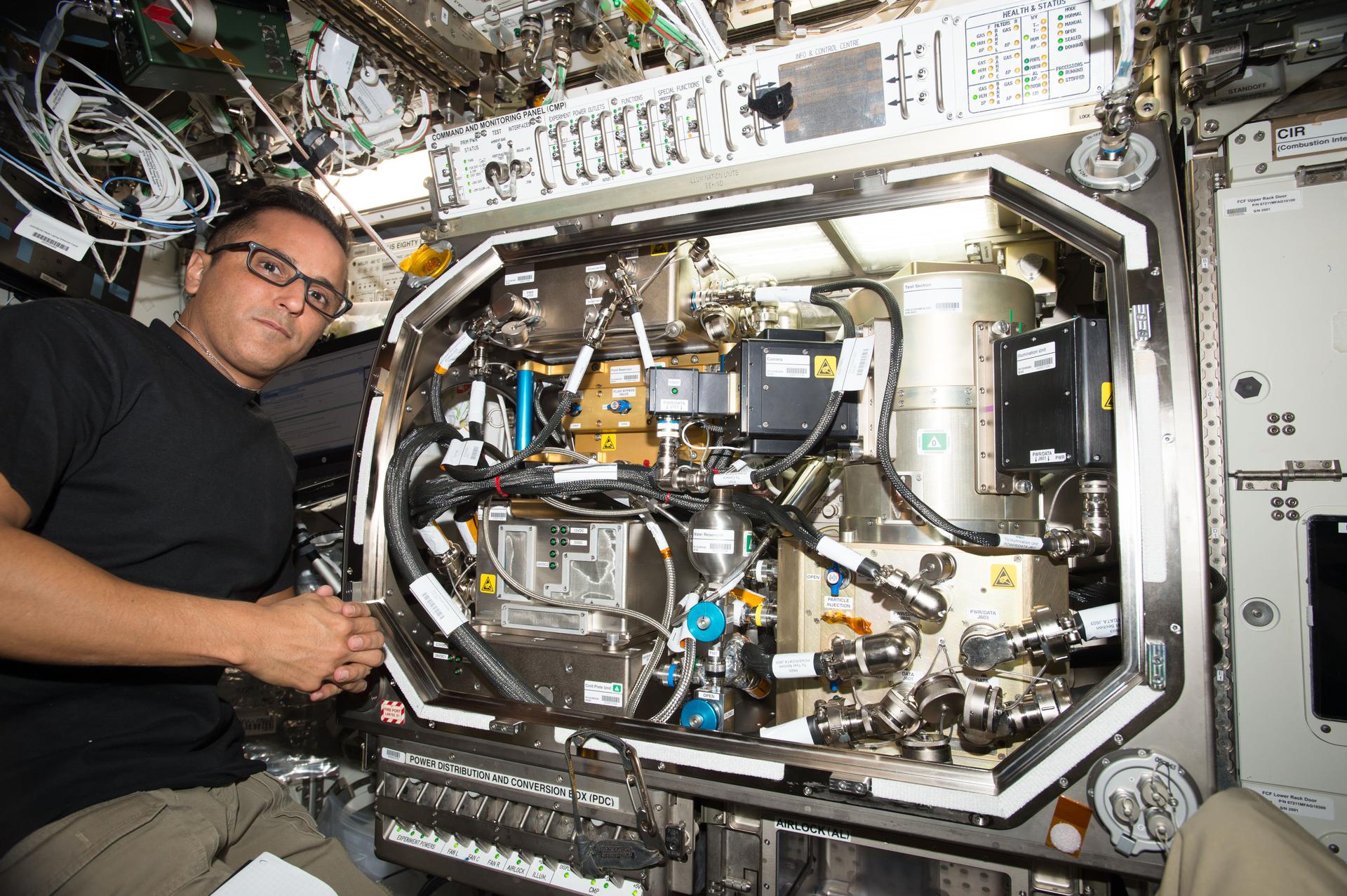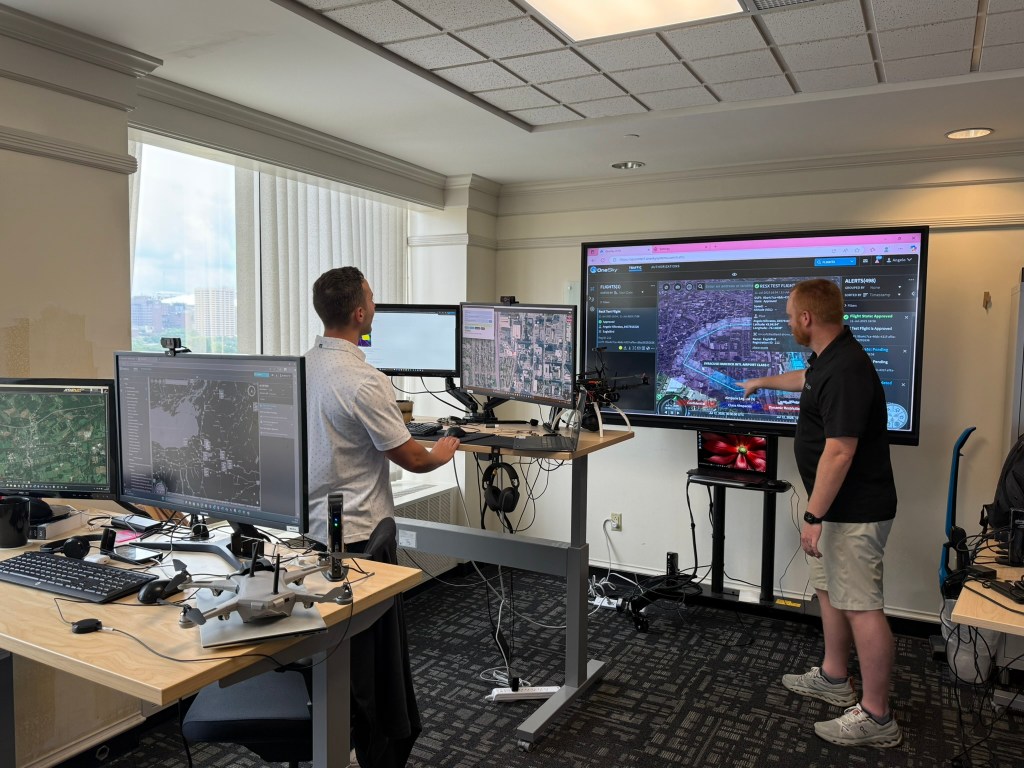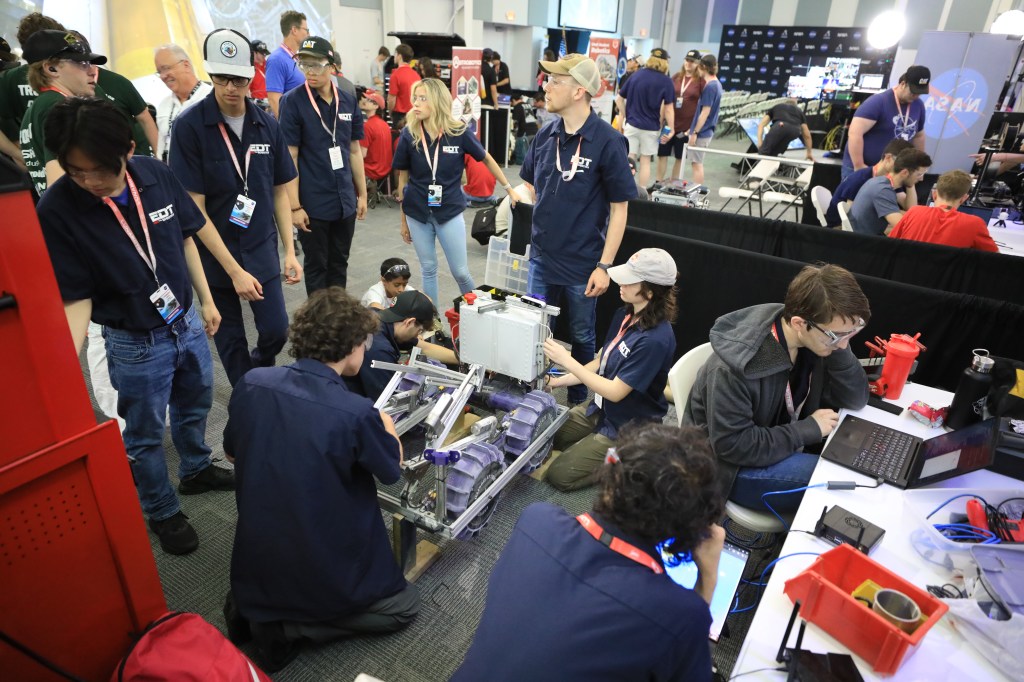GeneLab for High Schools Training Resources
Overview
Humans have been fascinated by what exists beyond our skies for centuries, as documented across cultures and timelines in history. While the ability to explore has improved vastly, NASA’s interest in going deeper into space, especially with human-crewed flight, is dependent upon an understanding of space biology in order to mitigate health risks to space explorers. Space biology refers to the study of the effects of spaceflight conditions, ranging from factors such as microgravity, cosmic radiation, nutrition, confinement, light cycles, and more on organisms. In order to gain such biological insights, NASA uses model organisms and biological techniques such as Omics analyses.
A model organism is a non-human species that is used to study biological processes, usually in laboratory experimentation. Model organisms tend to have a short generation time yet are able to be used as comparisons to humans. Common examples of model organisms used in spaceflight studies include fruit flies, certain types of fish, worms, plants (Arabidposis thaliana) and rodents such as mice. For studies of cellular behavior, yeast is also a common model organism.
In general, omics analyses involve a collective set of information all of which can be used to paint a more complete picture of how spaceflight affects biology at the molecular level. A few examples of omics analyses include:
- Genomics – an examination of the genome or DNA of an organism.
- Transcriptomics – an examination of the transcriptome or RNA genetic code. One method of analyzing the transcriptome is called RNA sequencing (RNAseq), where gene expression can be processed, quantified, and analyzed. This is the primary focus for the GeneLab educational resources.
- Proteomics – a large-scale study of the proteins in an organism.
OSDR has created educational resources that are publicly available to help drive research and invite educators along with their students at various skill levels to perform real RNAseq analysis. Open science enables accessibility to an audience that might otherwise not have their own methods of data acquisition through wet labs or experimentation yet have talents or interests in the field. For young scientists, these also provide early career exploration opportunities to allow for effective professional preparation.
Teaching the Next Generation of Scientists
GeneLab for High Schools is a summer intensive internship for high school students. The program provides an introduction to space biology and methods associated with bioinformatics analysis. Students learn to analyze a dataset using OSDR. Continue reading for more details for the summer 2025 program.
Teacher Created Materials
Teachers who have participated as interns alongside students have created curricular materials — units, worksheets, and supporting activities — to encourage introducing students to space biology using OSDR. Click here to navigate to the collection of teacher-created lessons.
Videos
The links to video walk throughs in this section are intended to support the teaching of space biology and relevant bioinformatics, spanning discussions of background concepts and how to use the Galaxy Analysis Platform.
- Intro to the RNAseq Workflow
- Getting to Know your Metadata: Preparation for Analyzing a Data Set
- GL4HS Bioinformatics Manual Run Through (Raw Data through Trimmed QC) using Galaxy platform
- GL4HS Bioinformatics Manual Run Through (Alignment Using RNA STAR)
- GL4HS Bioinformatics Manual (Counting Mapped Reads and QC)
- GL4HS Bioinformatics Manual Run Through (Counts Through DGE)
- GL4HS Bioinformatics Manual: Functional Analysis Part 1 (GOSeq)
- GL4HS Bioinformatics Manual Run Through Functional Analysis Part 2 (FGSEA)
- From Analysis to Research
Additional Teaching and Learning Resources
Why Teach -omics?
High school biology students classically learn about DNA and its mechanisms. Supplementing this general view with contemporary examples and current research strengthens the value of biology education. The study of bioinformatics and omics analyses allows teachers the opportunity to integrate such topics into traditional biology, while helping students to create meaningful connections between classroom learning and the potential for large scale discoveries in health sciences both in space and on Earth. An introduction to bioinformatics and omics analyses also helps to prepare students by practicing skillsets such as data interpretation and inferential reasoning, and can further extend into coding expertise. Giving students the opportunities to practice these skills empowers them to recognize diverse career opportunities in the numerous branches of biology.
How Can We Use Space Biology to Learn About…
- Model Organisms – Use space biology examples to teach students about the use of model organisms such as mice, zebrafish, and fruit flies, and learn to navigate portions of the metadata on the Open Science Data Repository.
- Interpreting Visual Representations of Data (Graphs, Charts, or Plots) – Use one of the Open Science datasets to explore visualizations relevant to assessing data for statistical and biological significance. Encourage students to evaluate what a graph depicts by reading labels.
- The Immune System – Explore studies in the Open Science Data Repository associated with the organs of the immune system. This activity can be used to introduce a systems-based approach to health studies.
- Plants – Using four Open Science datasets, introduce students to plant model organisms and the types of equipment needed to conduct plant experiments in space. This activity can be used to address engineering challenges needed for biological systems.
- Scientific Method – Using four Open Science datasets, introduce students to plant model organisms and the types of equipment needed to conduct plant experiments in space. This activity can be used to address engineering challenges needed for biological systems.

